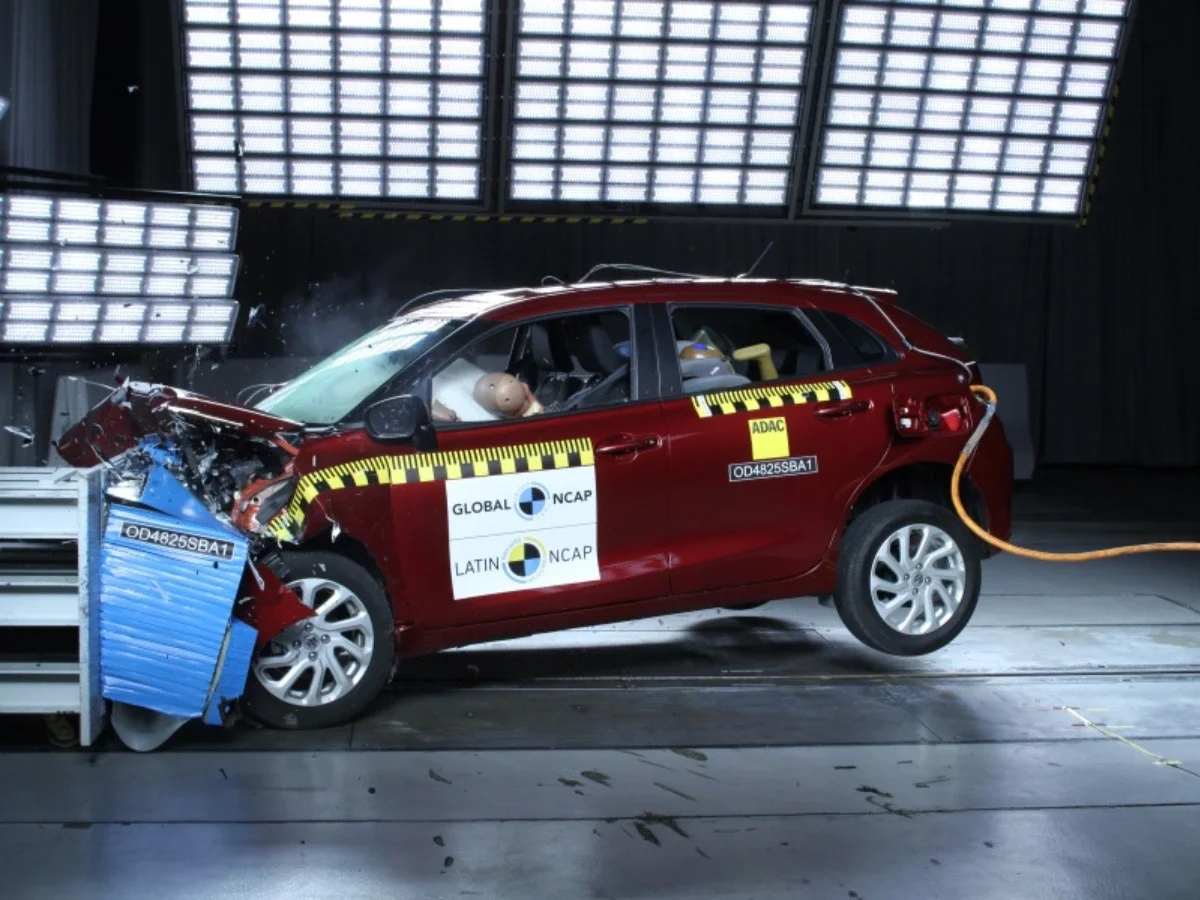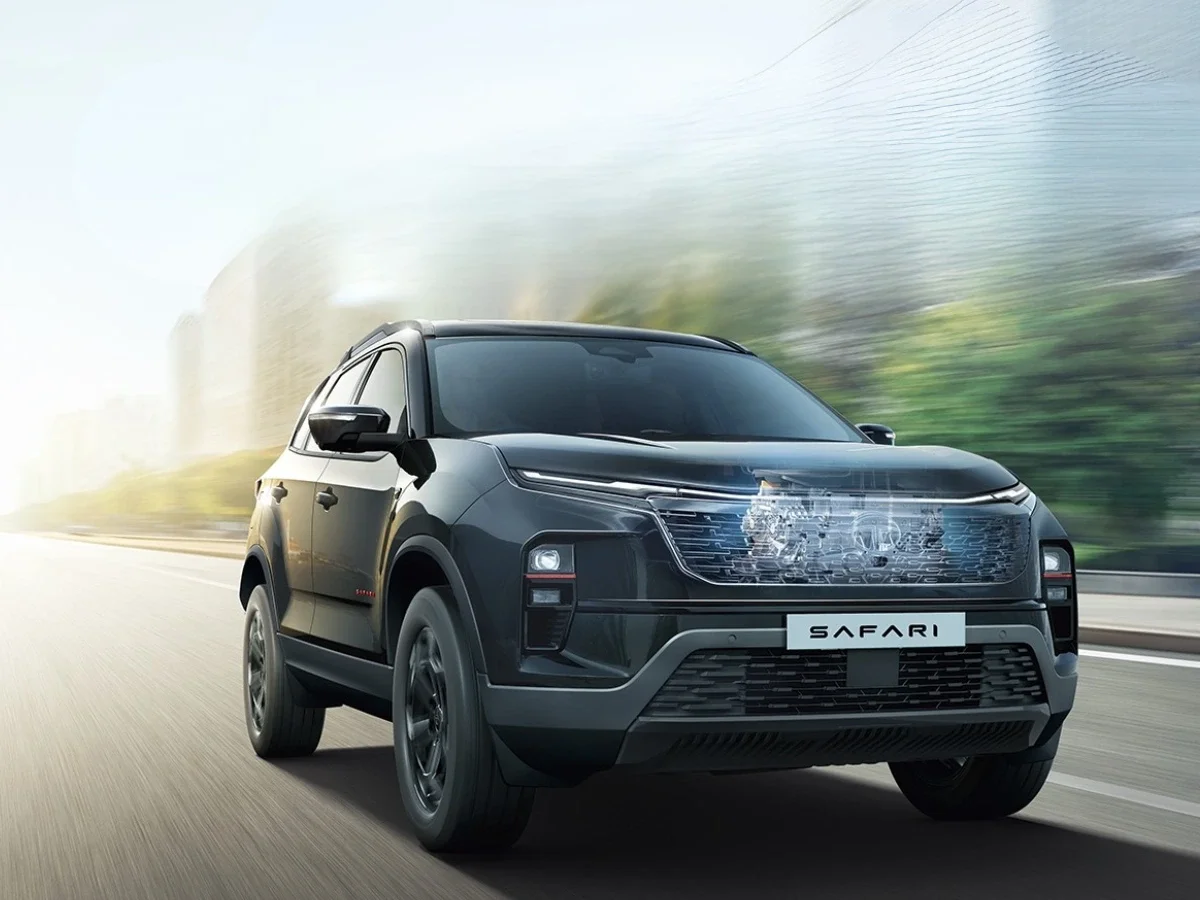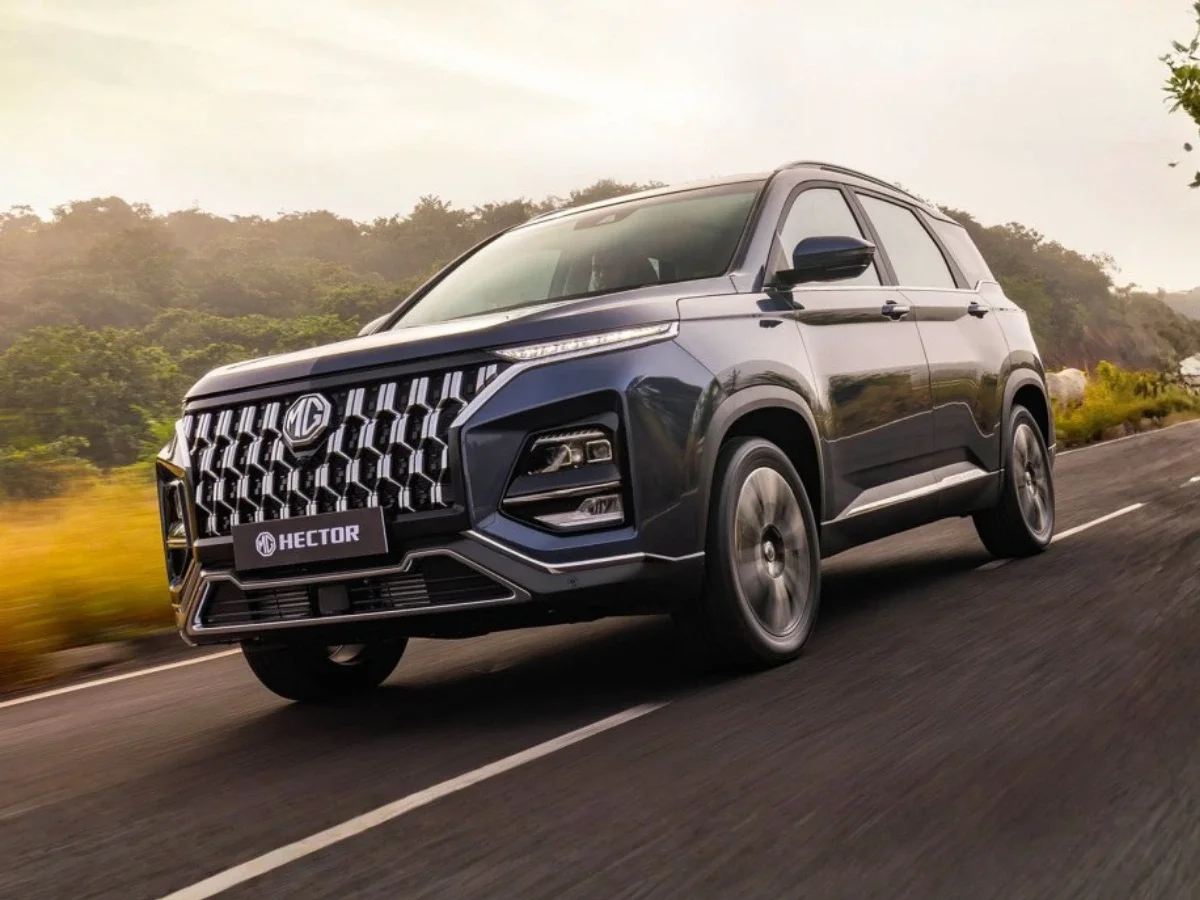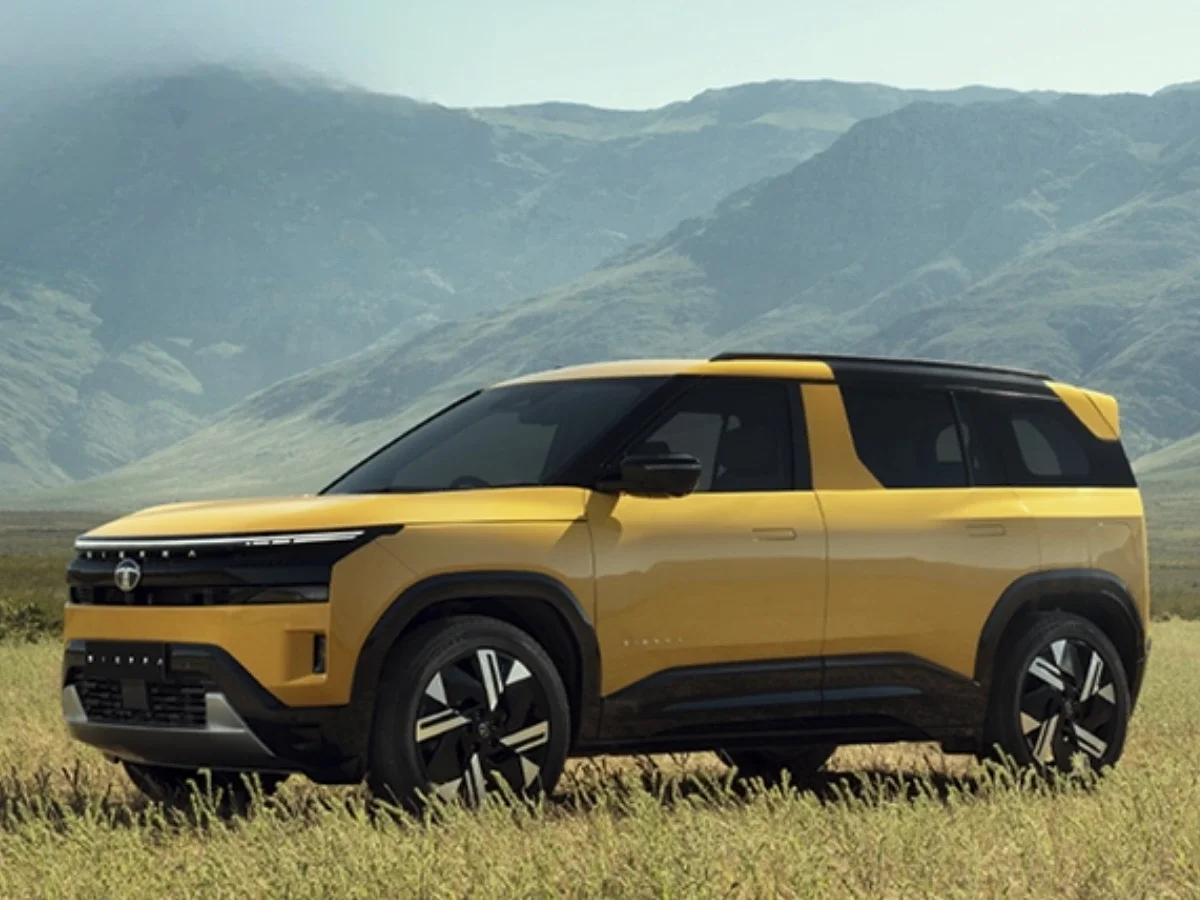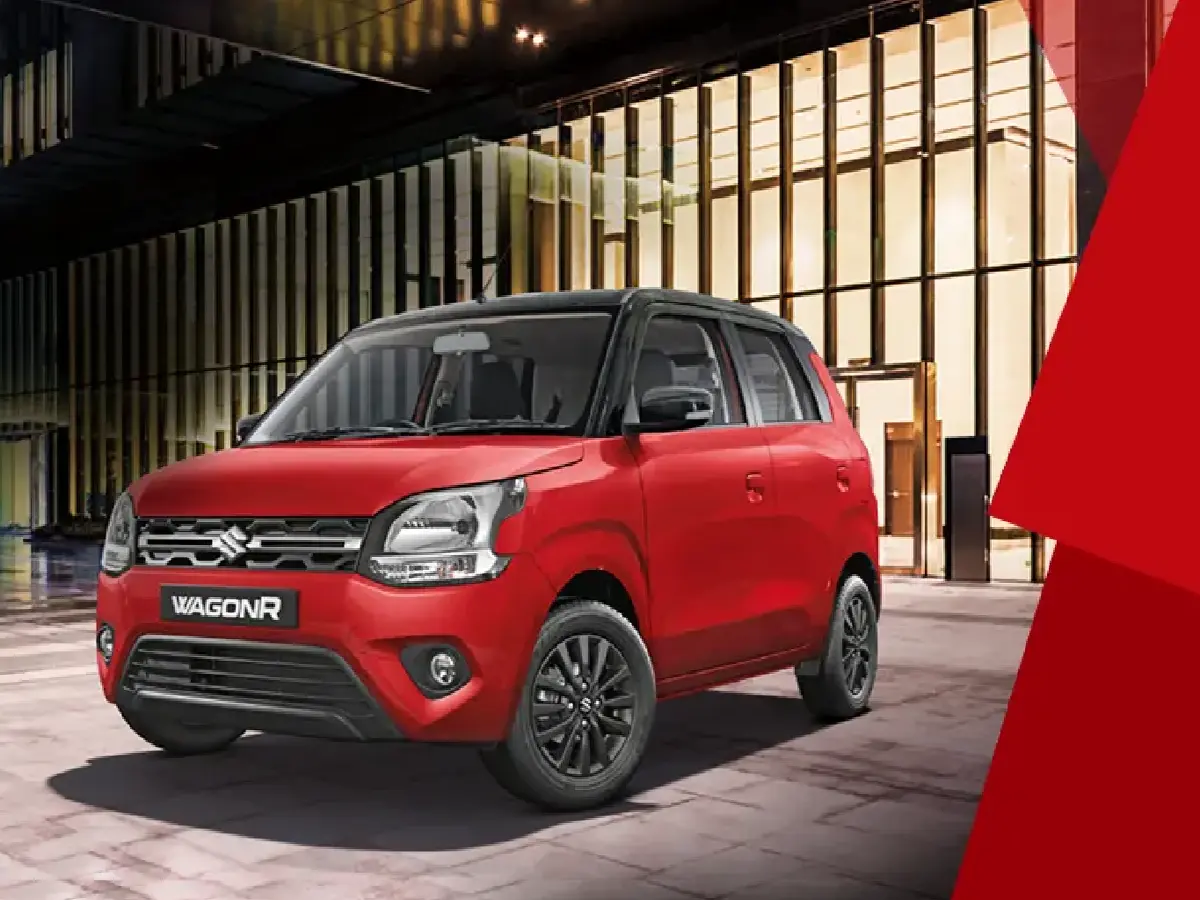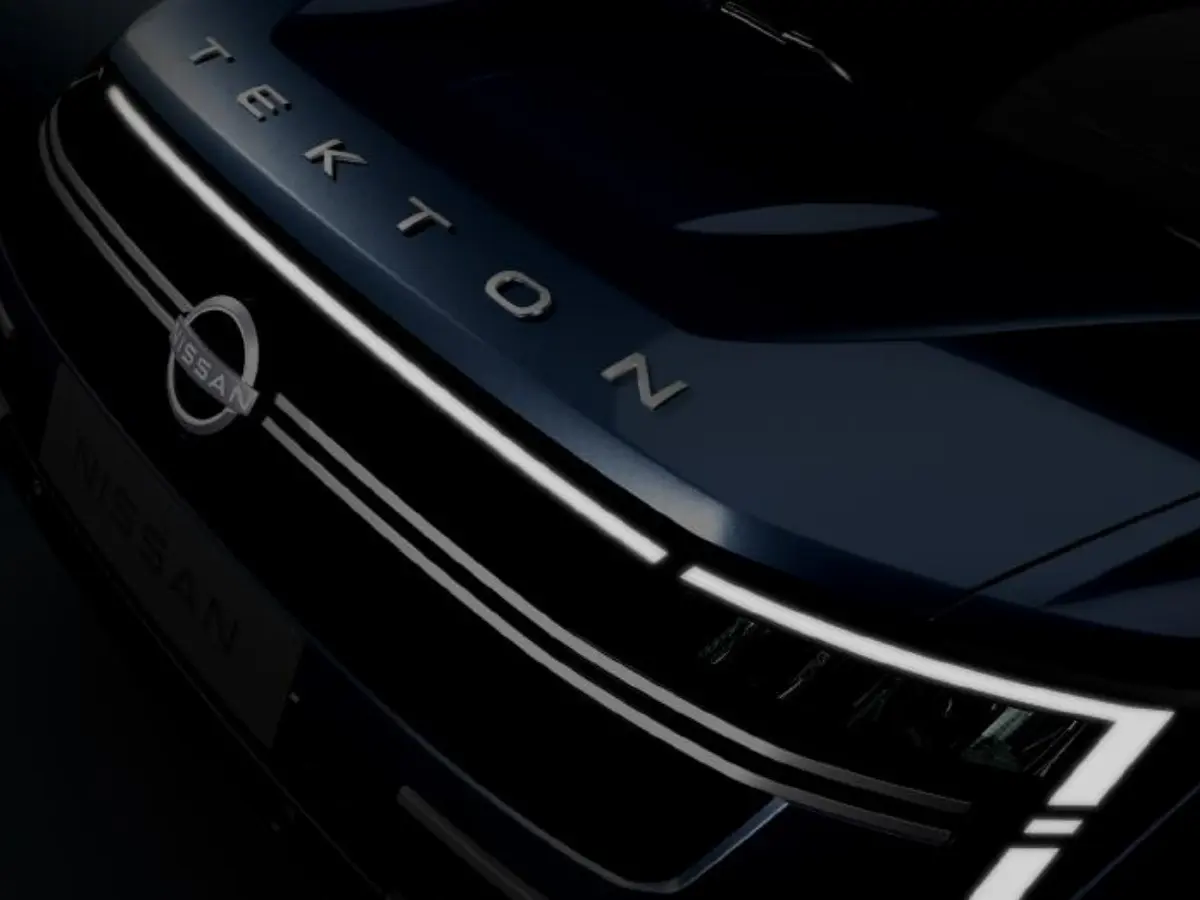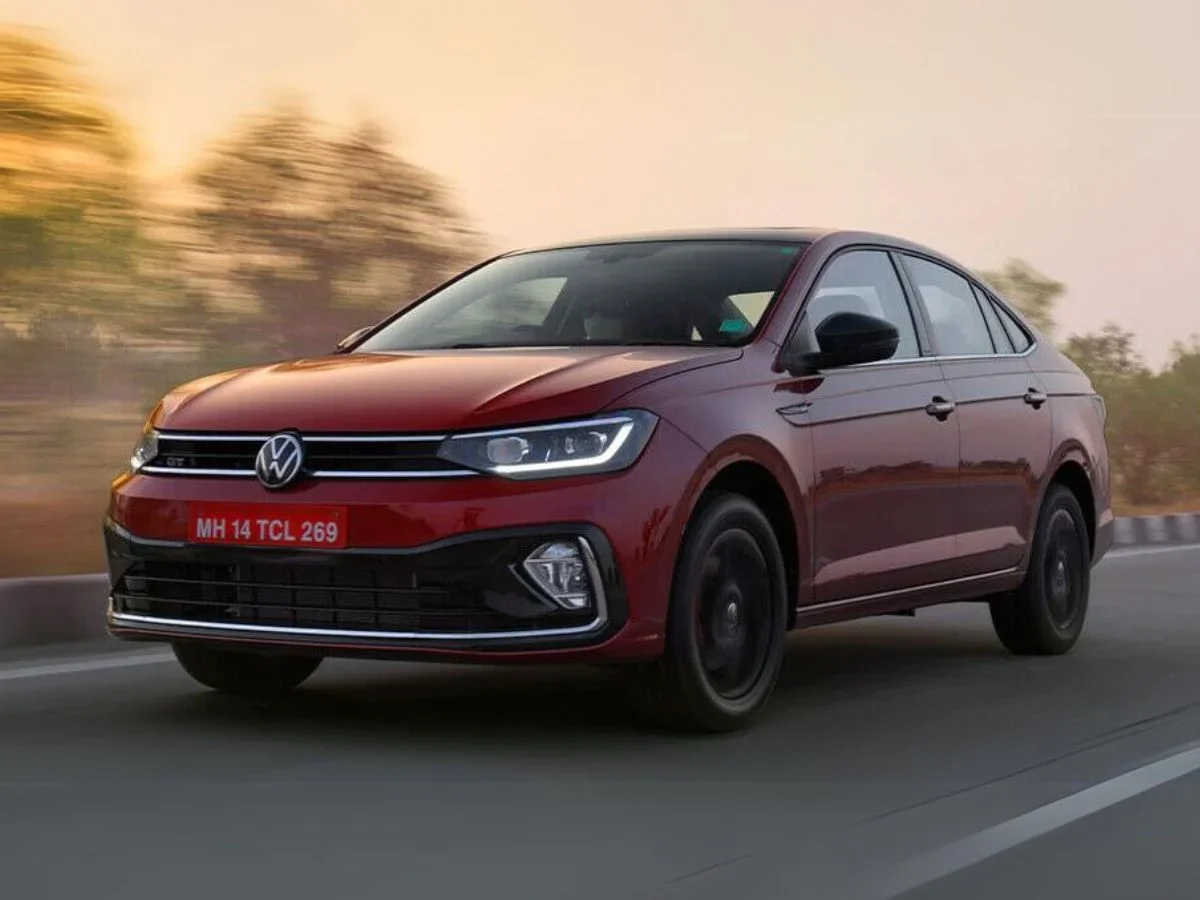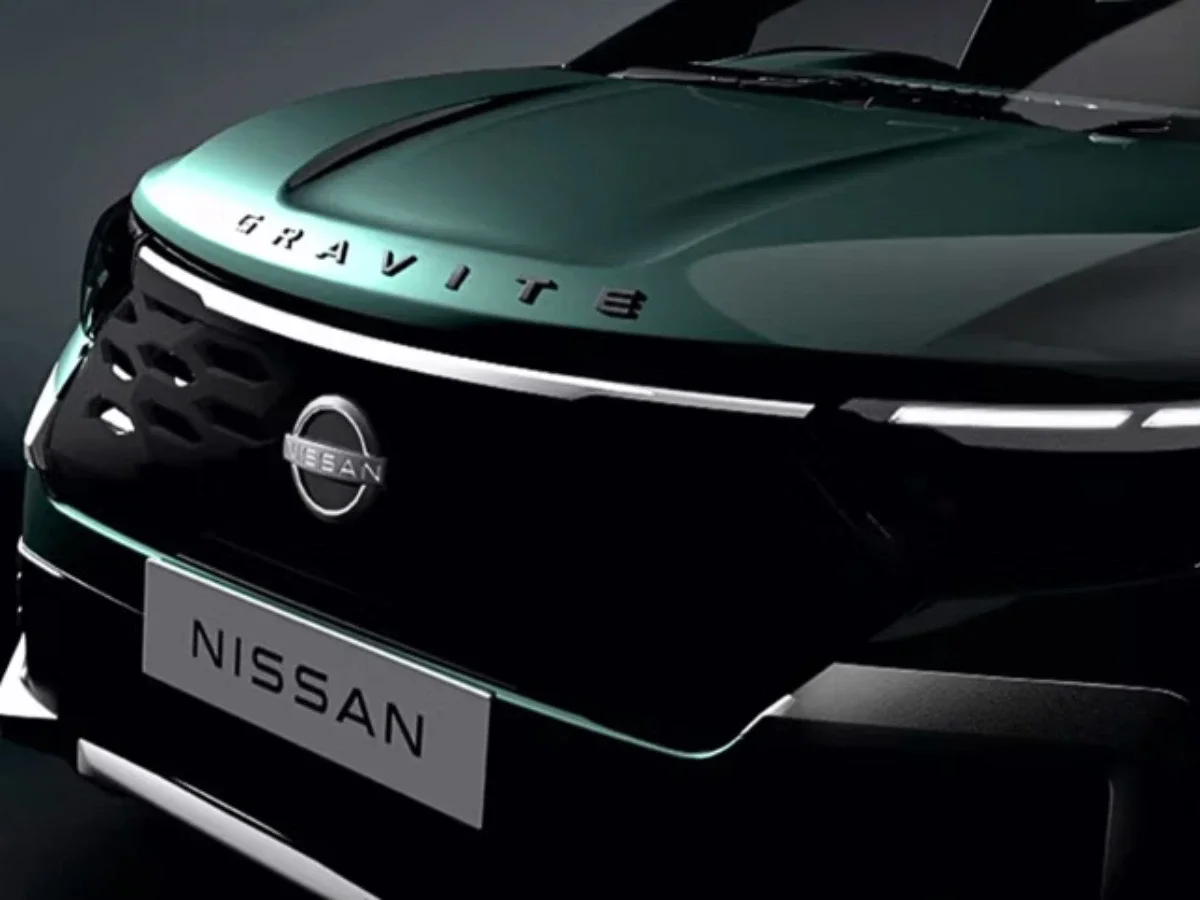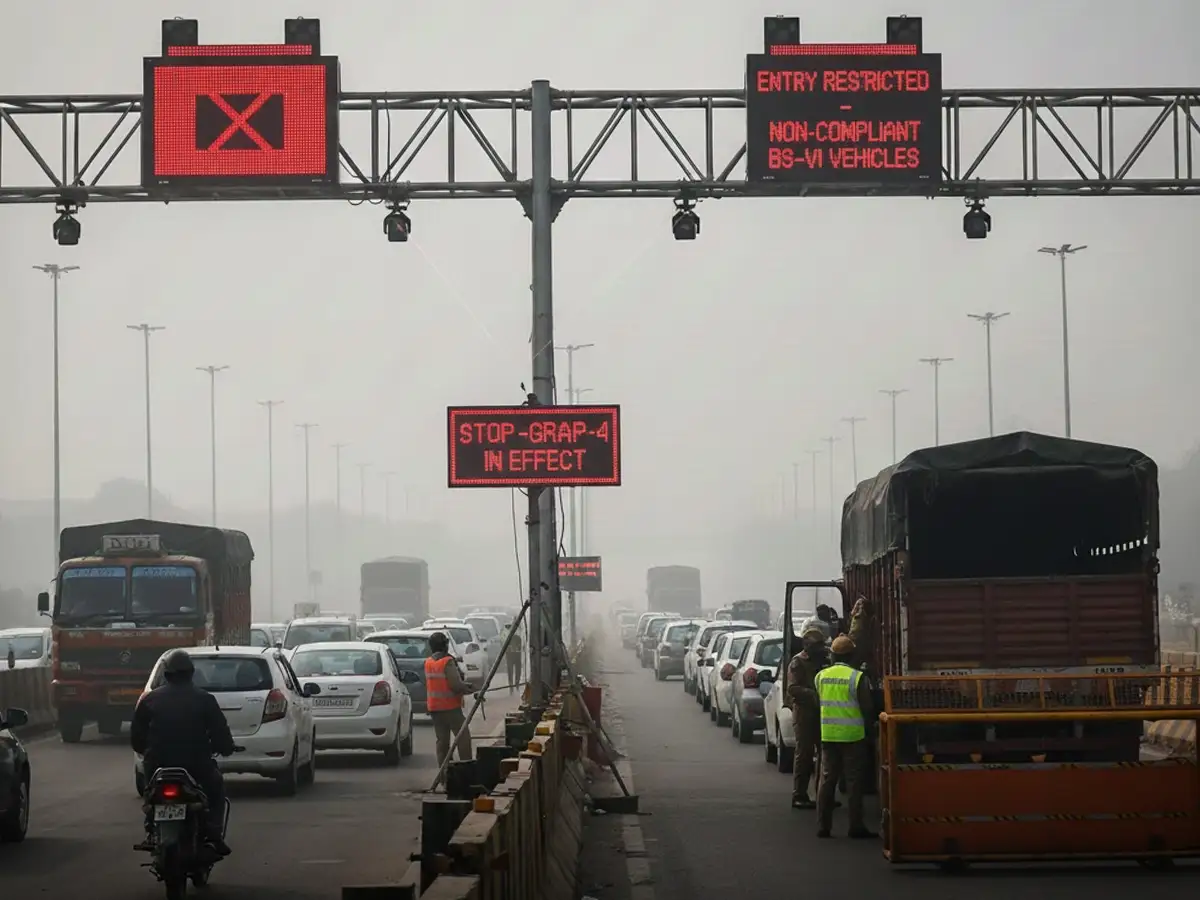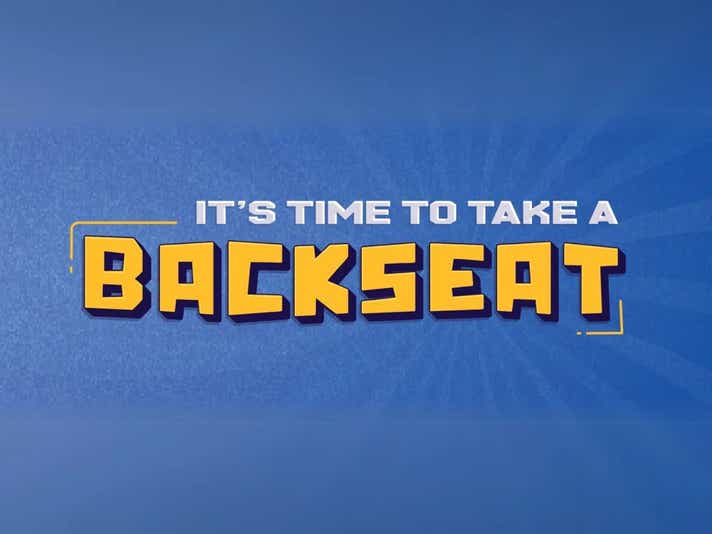

Take A BackSeat — Why are child safety seats important?
- 176% of Indian parents are unaware of child restraint systems (CRS)
- 2No 5-star rated car can guarantee child safety without CRS in place
- 3Join CARS24 in taking a pledge for child safety on the go
Not long ago when I used to write these NCAP safety rating stories, I would often use a disclaimer at the end saying, ‘Crash test ratings aren’t the sole or the most accurate indicators that reflect how safe would the occupants be in the event of a crash. The Global NCAP/Bharat NCAP test isn’t a comprehensive crash test as compared to NCAP tests in certain developed markets where parameters such as pedestrian safety are also taken into account. Furthermore, other factors that should be considered in order to determine how safe a car is are driver comfort, driver assistance systems, structural integrity of the vehicle and more.’
While there is nothing wrong or factually incorrect about this set of statements, Amit pointed out that this doesn’t really do much to help the reader. While it is good to keep the consumers informed about the hidden nuances behind regulatory processes and marketing gimmicks, it is as important, if not more, to suggest appropriate courses of action. It is crucial to make them aware of what they should do, what precautions they should take, and what their response should be to various situations.
So, I started writing this instead — ‘Crash test ratings aren’t the sole or the most accurate indicators that reflect how safe would the occupants be in the event of a crash. Other factors that should be considered in order to determine how safe a car is are driver comfort, driver assistance systems, structural integrity of the vehicle and more. Furthermore, the occupants have to adhere to the safety norms such as using seatbelts on all the seats, whether at the front or rear, as well as using child seats for any children travelling in the vehicle, in order to let the safety features protect them in case of a mishap. No matter how safe a car has been proven to be, there are chances of major injuries or even fatalities if all the necessary precautions are not taken by the occupants.’
"A parent’s arms is the safest place for a child. But that takes a back seat when you’re on the go."
Automotive safety is a vast topic. We have started discussing it more often than before, and that’s a good thing. While we actively talk about airbags, and disc brakes, and ESP, a crucial aspect that often gets overlooked is child safety. Isn’t that ironic and unfortunate? Ironic because we otherwise care so much about our young ones and are ready to go to the ends of the world for them, but we miss such small steps like using appropriate safety measures while commuting. Unfortunate because there is no well defined legislation and enforcement in our country around child safety in cars.

A parent’s arms is the safest place for a child. But that takes a back seat when you’re on the go. To throw some facts and numbers around, over 30 children in India lose their lives to road accidents, every day. That’s alarming to me, is it not to you? Adding to that, 76% of Indian parents are unaware of child restraint systems. And it’s not just their fault, it’s everybody’s.
“The crash test ratings that people go gaga over also factor in these child safety seats and are redundant if these restraint systems are not used.”
I’ll not shy away from admitting that I wasn’t ever put into a child safety seat. Neither did I ever use a booster cushion. Things were different back then. There were less cars on the road, less accidents, and less deaths. But that does not mean that lives weren’t as precious then, it was a mistake and there’s no denying that. Another thing that was lacking was awareness and accessibility to child safety seats. While the number of cars, accidents, and deaths, have all exponentially gone up, the awareness and accessibility to child safety restraints hasn’t.
As it is evident now that this story is centered around child safety seats, let’s establish what these actually are, for those of us who might be unaware. A child safety seat is a specially designed seat that you fit in your car to make your child be seated safely and to protect them in case of an accident. Why are they needed? That’s because your arms aren’t able enough to keep your child restrained in the case of a crash due to the massive amount of forces exerted by the collision. And regular seatbelts aren’t suitable to protect children due to their placement and restrictions in adjustability. Using an ill-fitting regular seatbelt can also prove to be lethal or even fatal in some cases.
That’s where child safety seats come in. These seats are designed to keep your child protected during the event of a crash, and are as important as seatbelts or airbags are to adult occupants. The crash test ratings that people go gaga over also factor in these child safety seats and are redundant if these restraint systems are not used.
Broadly, child safety seats are of two types — a standard child seat and booster seat. Standard child seats are advised to be used from birth till about 5-8 years of age. Height and weight of the child are better parameters than age to decide whether the child needs a safety seat anymore or not. The ideal and widely recommended safe ceiling is 4 feet 9 inches. Weight restrictions are mentioned on the seats themselves. These seats can be fixed to the back seats of cars using universal ISOFIX child seat anchorages.

"The cost of these seats is a major factor that comes into play. But think about it. It’s not worth more than your child’s well-being, is it?"
Experts advise parents to keep their child in a rear-facing position for as long as they can, as it has been proven to be safer. Once the child is about two years of age, the seat can be moved to a front-facing position, but it’s best to keep it rear-facing. Needless to say that seating your kid in the front seat is a big no. And that’s highlighted in a warning that’s usually placed on the flip side of the passenger’s sun visor.
Once a child graduates from a child seat, he/she is recommended to use a booster seat. This allows the car’s seatbelt to be adequately positioned across the child’s chest and pelvis. If the seatbelt is in the vicinity of the neck, it can prove to be fatal. Booster seats help prevent such situations and offer a transition from child seats to regular car seats. We recommend you to watch this video that we've made to make things easier to understand.
An obvious question that arises when discussing child safety is why are child restraint systems not widely used. The cost of these seats is a major factor that comes into play. But think about it. It’s not worth more than your child’s well-being, is it? Moreover, a decent seat that’s built according to the regulations needs to pass various tests in order to get certified, which constitutes a major part of this cost.
Another hindrance is the availability and accessibility to these seats. While this isn’t much of an issue in urban environments and big cities, the concern is valid for suburban and rural areas. With car sales increasing in these areas, awareness about child safety also has to spread.
"At last, it is us as parents and responsible citizens that have to ensure that our children are safe in our five-star rated cars."
Awareness seems to be an answer to every problem on earth. But that’s just how things are. All we need to do is to take a step back and … think. Are we doing something wrong? Are we missing something? If yes, what can we do about it? Most of the time, we know the answers. All we need to do is to ask ourselves.

The government needs to do their part as well. While the Motor Vehicles (Amendment) Act, 2019 mandates the use of safety equipment for children under the age of fourteen, there’s a loophole in the statement, “Whoever drives a motor vehicle or causes or allows a motor vehicle to be driven with a child who, not having attained the age of fourteen years, is not secured by a safety belt or a child restraint system shall be punishable with a fine of one thousand rupees.” A safety belt is not as safe as a child restraint system. And the legislation needs to clearly state that. The ‘or’ can pave way for offenders to get away. There are well-defined regulations under the Automotive Industry Standard (AIS-072 to be specific) that dictate the standards for manufacturing safety seats. But what about using them?
Once there is proper legislation in place, there needs to be strict enforcement too. But that’s where the role of the authorities ends. At last, it is us as parents and responsible citizens that have to ensure that our children are safe in our five-star rated cars. We need to become five-star citizens and fulfil our duty towards our children, ensuring their safety.
Take a pledge with us
We, at CARS24, have initiated a campaign called ‘Take A BackSeat’, wherein we aim to address a gap in understanding and behaviour when it comes to car safety for children. Emphasising the importance of using child seats at the rear seats has been our key motive behind this initiative. You, the reader, can also express your support by joining us and taking a pledge to commit to ensuring safer travel for our young ones.

As I said before, automotive safety is a vast topic. But the basics are simple. Follow the rules, act sanely, and don’t make unreasonable choices. You’re good to go!
Also Read: Is it the end of the diesel era?
To stay updated with all happenings and developments in the automotive world and be a part of interesting auto discussions and more, join our official AUTOVERSE Whatsapp community (click here to join).
